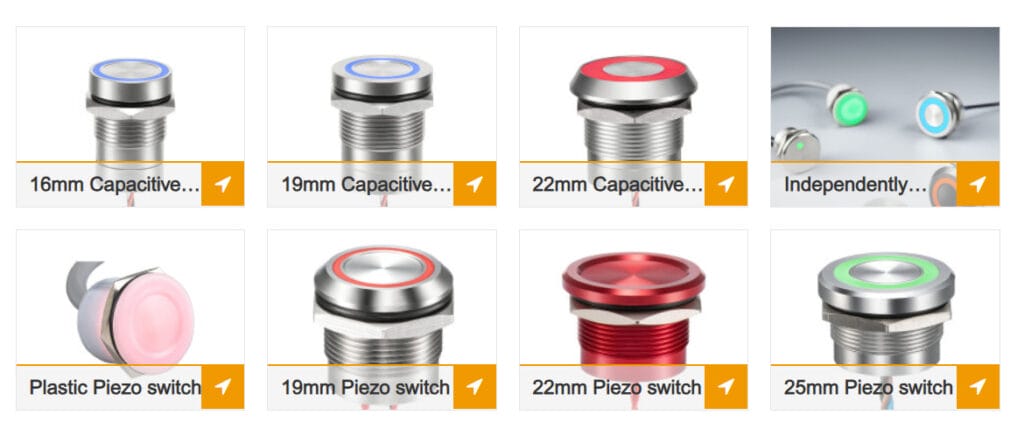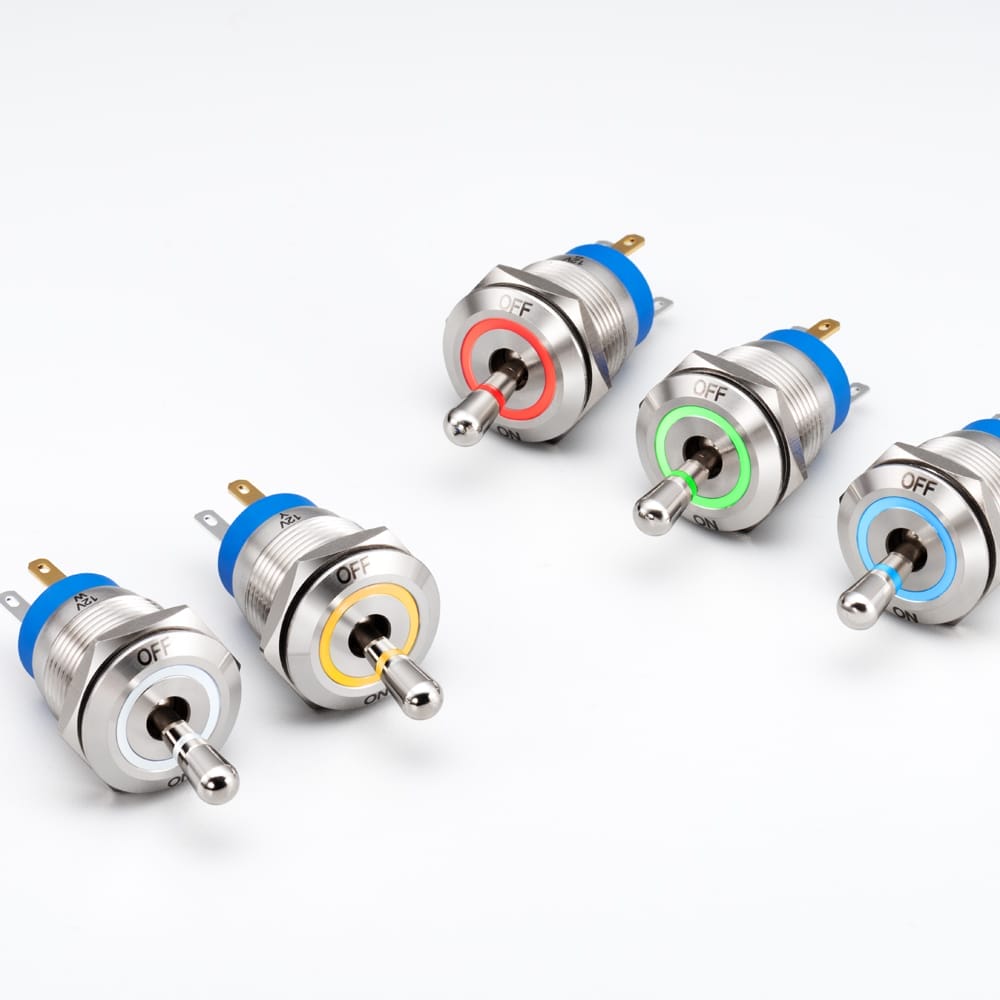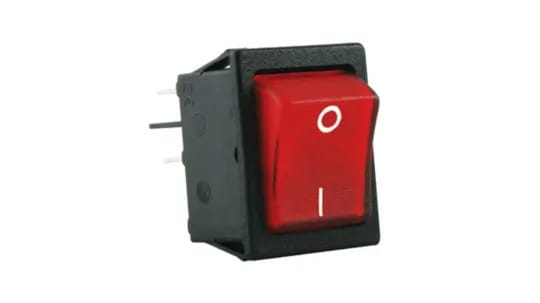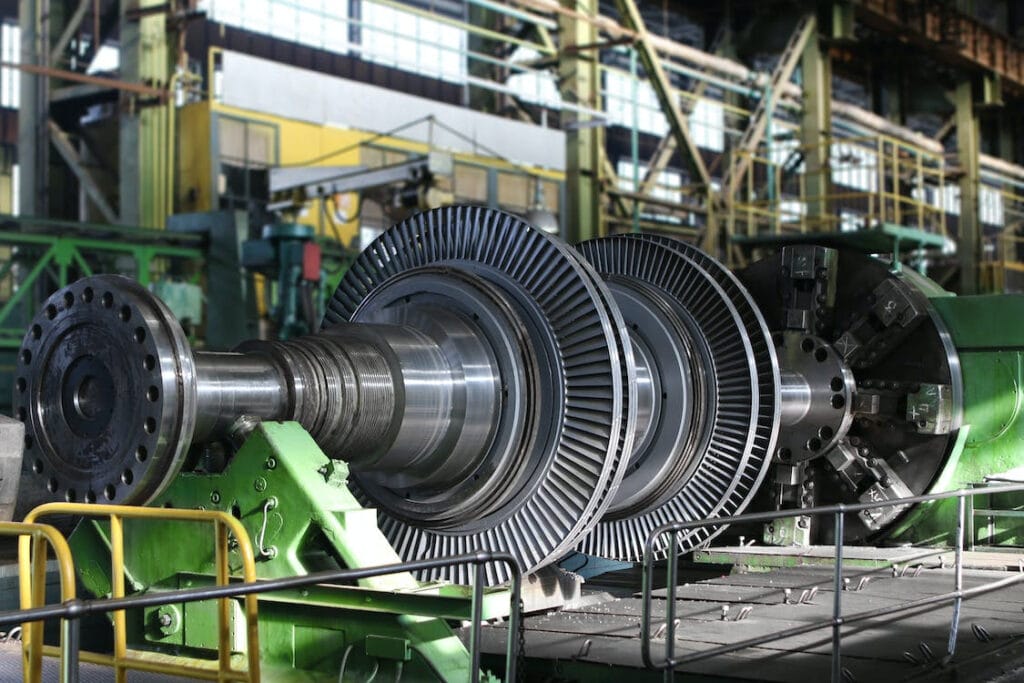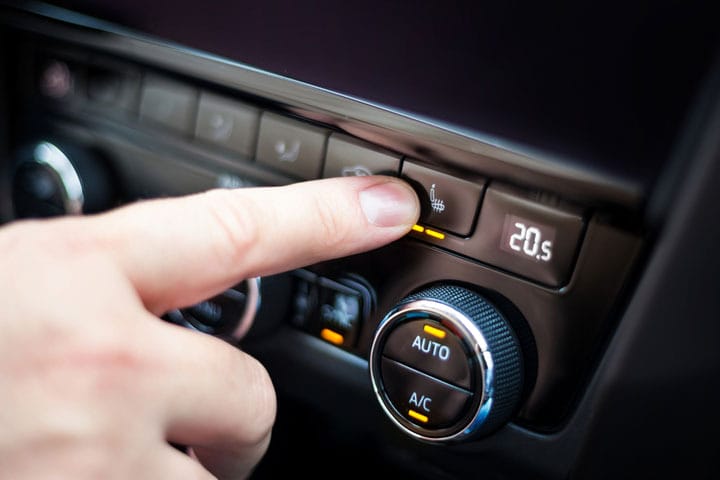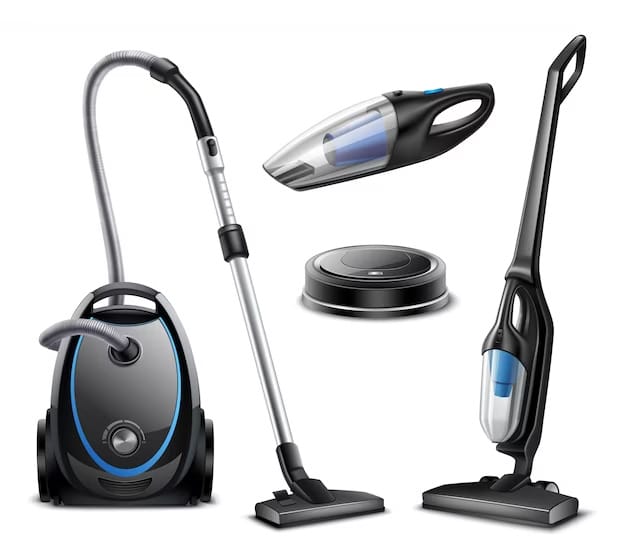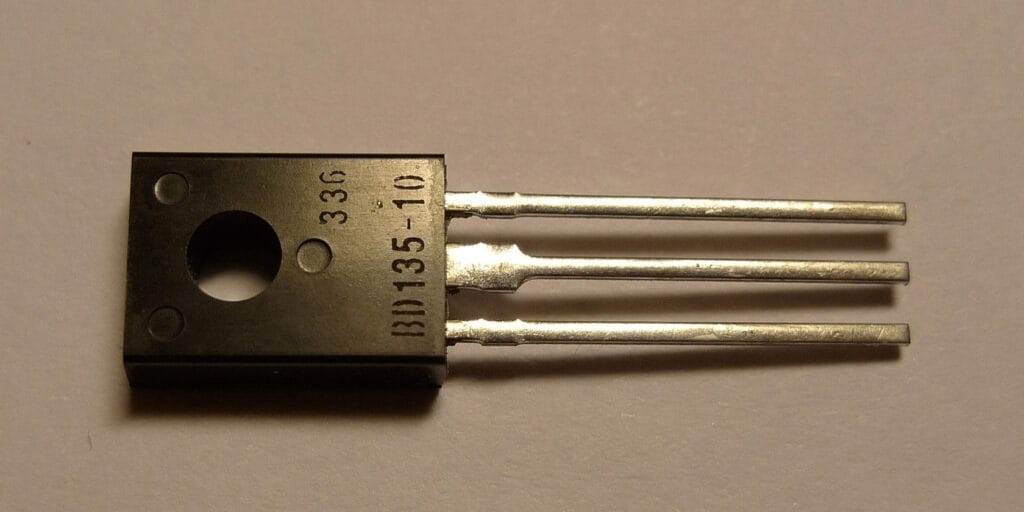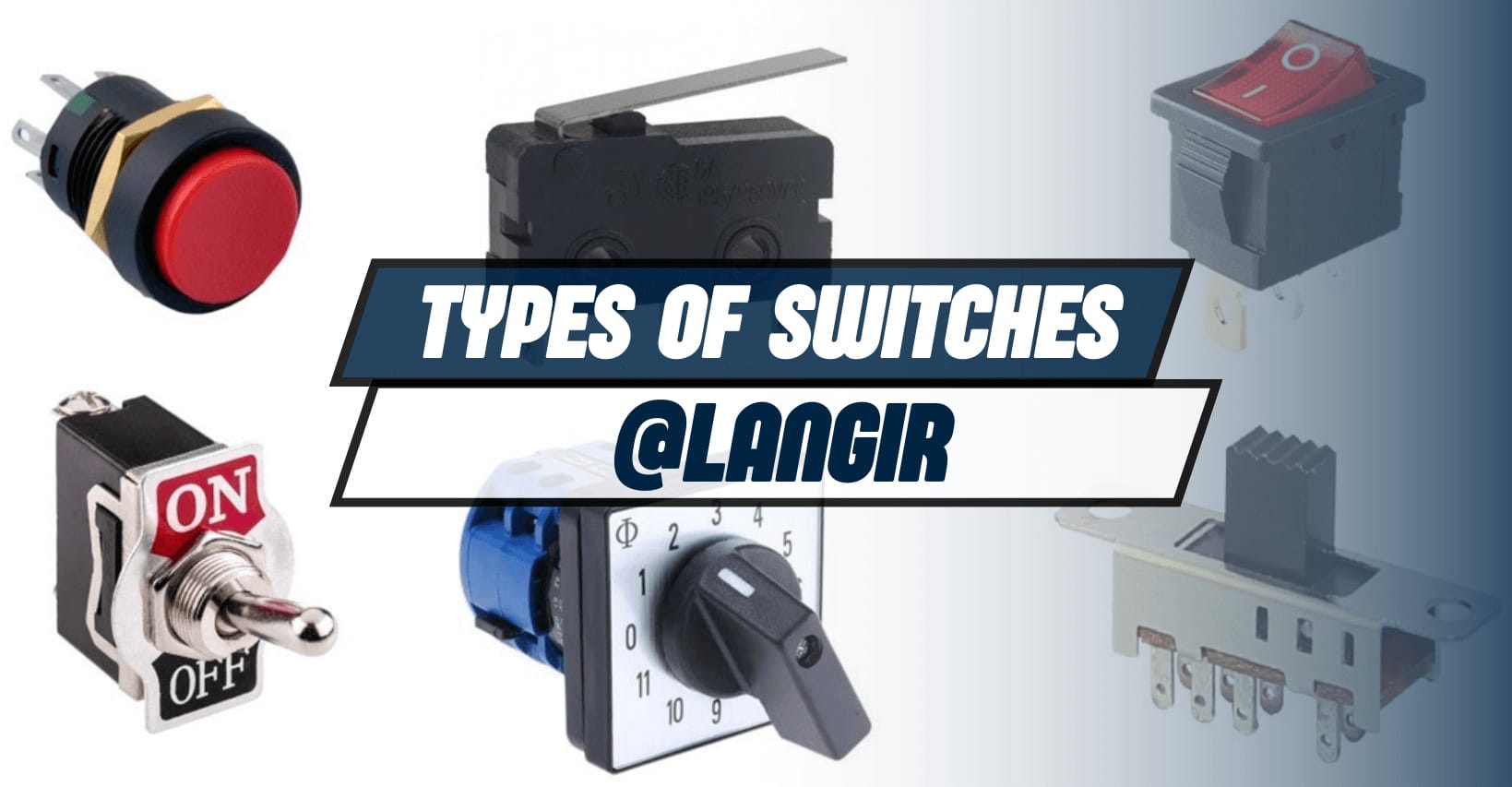
Introduction
From illuminating bulbs using light switches to typing down our thoughts with keyboard switches, it’s unreal just how many types of switches we interact with in our daily lives. But not all switches are created equal and understanding the science behind them can really open our minds to the technology of today.
So, whether you’re just a curious internet surfer or a budding engineer, we’ve got an interesting article planned for you today. We’ll take you through a comprehensive guide of the different types of switches: mechanical and electrical. We’ll explain how each type works, their applications, and break down their pros and cons.
So, without any further ado, let’s dive right in!
What Is a Switch
A switch is a fundamental component in electrical engineering, responsible for breaking or completing an electric circuit. Its purpose is to control the current flow between two points, making it a critical component in both small and large electronic devices. From turning on a simple television set to operating complex industrial machinery, switches are an integral part of control systems that we use every day.
As technology advances, so does the need for more sophisticated types of switches with greater capabilities. Regardless of their complexity, switches play an essential role in powering and controlling a wide range of electronic devices
Different types of switches have different features and capabilities depending upon the intended usage but there are certain common characteristics that make up a switch.
- Pole and Throw – Every type of switch has a pole and throw. Pole indicates the number of switch controls while throw indicates the contact points.
- Current flow control – A switch must be able to regulate the flow of current between two locations in a circuit, permitting current to pass when the switch is closed and obstructing it when it is open.
- Action – The action of the switch can be momentary or latched. Momentary switches complete the circuit only for a small period or until the switch is pressed. Whereas latched action completes the circuit until another action is forced.
The use of switches is so widespread in our lives that functioning without them can lead to several issues. Controlling any circuit through a switch is crucial for various reasons.
- Keeping the current flow of any circuit is important to turn it on or off, depending on the user’s requirement.
- Switches improve the functionality of even the simplest devices. For example, with the help of a switch, users can choose between different modes.
- The unavailability of a switch will keep the circuit closed, leading to electrical overload.
Types Of Switches
Switches are typically classified based on their operating principle. The two most common types of switches are mechanical and electrical switches.
Mechanical switches physically move a metal to either break or close a circuit. They are also known as physical switches as they require pressing or touching their contact.
Electronic switches are a type of switch that use semiconductor action. Thus, they do not require any physical action to control the current flow.
Mechanical Switches
Here’s a complete guide to mechanical switches; what they are, how they work, their types, and their applications.
What Is A Mechanical Switch
A mechanical switch is any type of switch that requires a person to press, flip, or turn to open or close the contact. This action can be completed using a toggle, lever, or button that allows tactile response.
Mechanical switches can be categorized based on several features such as poles and throws, actuation, number of contacts, etc.
Common Types of Mechanical Switches
Here is a detailed breakdown of the five most common types of mechanical switches:
Piezo Switches
Piezo switches, also known as piezoelectric switches, are a type of electronic switch that uses the piezoelectric effect to detect and generate electrical signals. The piezoelectric effect refers to the ability of certain materials to generate an electric charge in response to mechanical stress or pressure.
In a piezo switch, a piezoelectric material, such as quartz or certain ceramics, is sandwiched between two metal plates. When a mechanical force or pressure is applied to the switch, it deforms the piezoelectric material, which generates an electric charge. This charge is then detected and used to trigger the switching action.
Piezo switches offer several advantages over traditional mechanical switches. They are solid-state devices without any moving parts, which makes them more durable and resistant to wear and tear. They are also immune to contact bounce, a common issue with mechanical switches that can cause multiple signals to be generated from a single press. Piezo switches can operate in harsh environments, as they are resistant to dust, moisture, and chemicals.
These switches are commonly used in various applications where reliability, long lifespan, and resistance to environmental factors are important.
Learn more in our extensive guide here.
Capacitive Switches
Capacitive switches, also known as touch switches or touch-sensitive switches, are electronic devices that detect touch or proximity by utilising the principles of capacitance. They are commonly used as alternative inputs to mechanical switches in various electronic devices and touch-sensitive interfaces.
Unlike traditional mechanical switches that rely on physical contact to complete or break a circuit, capacitive switches work by measuring changes in capacitance. Capacitance refers to the ability of an object or material to store an electric charge. When a conductive object, such as a finger, comes in close proximity to a capacitive switch, it alters the capacitance of the switch’s sensing area.
Learn more in our extensive guide here.
Push Button Switches
This type of switch operates by pushing the button to either break or close the circuit depending on its direction. Generally, a single button can be used for a simple in-out actuation mechanism. These are present in several appliances including power tools and vending machines such as emergency buttons or anti-vandal switches.
Toggle Switches
Toggle Switches allow action through a handle or a lever. Mostly it has only on and off options. Generally, the on feature (closed circuit) is when the lever is in the downward position. But there are no restrictions and it can be the other way around as well. It can be used for both high and low-voltage appliances. It is mostly present for lights, fans, and other household appliances.
Rotary Switches
As the name suggests, rotary switches use rotation to control the current flow. They are primarily used to simplify the procedure for users by allowing them to operate many circuits with a single switch. Cars typically have rotary switches for air conditioning levels while home appliances like dimmers and speed fans also incorporate it.
Slide Switches
As evident from the name, a slide switch is a type of switch that uses a sliding motion to shift a circuit from an open to a closed position and vice versa. These switches are also widely used in consumer electronics, computer peripherals, and home appliances. These are also used for complex controls such as controlling the direction of a motor or the position of a valve.
Rocker Switches
Also known as seesaw switches, the mechanism rocks between two or more positions. However, typically there are only two positions that are indicated on the switch. They may seem similar to a toggle switch to an average person but this switch simply tilts back and forth from a central point. These are used in power supplies, home appliances, and even industrial machinery.
Applications For Mechanical Switches
Wondering what mechanical switches are used for? Here are three applications:
Industrial Machinery
Mechanical switches are widely used in industrial machinery for various purposes, due to their reliability and durability. Toggle and push buttons are the most common types of switches to be used in industrial settings for example in packaging machines and conveyors. Foot switches are also common in industrial machinery to offer hand-free operations where necessary.
Automotive Systems
Mechanical switches play a critical role in the operation and control of various functions in automotive systems, ensuring the reliable and safe operation of vehicles. For example, ignition, headlight, and window operations are all controlled through mechanical switches.
Household Appliances
All of the types of mechanical switches mentioned above are widely used in household appliances as it allows tactile feedback. Considering they are easy to use, these switches are found in almost every home appliance from blenders to vacuum cleaners.
Pros And Cons Of Mechanical Switches
Here are the pros and cons of using mechanical switches:
- The most important benefit is the tactile response when actuated. This informs the user that the desired action has been made to the circuit.
- They are usually cost-effective as they can be purchased easily at a low price.
- Mechanical switches often wear off easily as are usually have a limited lifespan
- These switches are vulnerable to contact bounce, which is a quick succession of electrical contacts that can happen when a switch is activated. It can cause repeated on/off transitions.
Electronic Switches
Now, let’s take you through a detailed breakdown of electrical switches and what they’re all about:
What Is an Electronic Switch?
Electronic switches do not require the physical movement of a toggle, button, lever, or any other component. Rather, they rely on the electrical properties of the components to control the current flow.
Common Types of Electronic Switches
Here are the three common types of electronic switches:
Transistors
Transistors are similar to regular switches as they either allow the current to pass or block it. A transistor is often supported in a circuit with a load, such as a light bulb or motor. The transistor’s base can conduct current from the collector to the emitter when a voltage is applied, turning the switch “on” and enabling current to flow through the load. The transistor “turns off,” cutting off current to the load, when the voltage at the base is eliminated or decreased to a specific level. Some basic types of transistor switches are as follows:
- Bipolar Junction Transistors (BJT) – It is a three-terminal semiconductor that is used as a regular switch in most devices.
- Field Effect Transistor (FET) – It is a three-terminal active semiconductor mostly used in power electronics.
Thyristors
Thyristors can only operate in two modes: on and off. They are designed for high-voltage usage, making them useful in power control applications. such as speed controls and camera flashes. Once a signal enters the thyristor gate for activation purposes, it remains activated until a reversal of current or a drop in voltage occurs. occurs. Some basic types of thyristor switches are as follows:
- Silicon Controlled Rectifier (SCR) – It is a four-layer semiconductor used in appliances that require high-speed switching.
- TRIACs – Triode for Alternating Current is a three-terminal electronic switch that can control current in both directions.
Solid State Relays (SSRs)
SSRs can be used to control both AC and DC. They have sensors that respond to the control signal and switch power accordingly. It mostly offers a clean and bounceless operation. SSRs are widely used in a variety of applications that require precise control over power switching.
Applications For Electronic Switches
Here are the top applications of electronic switches:
Telecommunication
In home telecommunications equipment like phones and modems, electronic switches are commonly used. The microelectromechanical system (MEMS) switch is one of the most widely used electronic switches in modern gadgets. MEMS switches are tiny gadgets with excellent precision and switching rates for electrical signals. To connect and disconnect network signals between devices, electronic switches are utilized by routers as well.
They are a vital component of the contemporary telecommunications infrastructure and make it possible for voice and data signals to be transferred reliably and effectively between homes and around the globe.
Computer and Other Digital Devices
Electronic devices such as computers, smartphones, tablets, and gaming consoles majorly use electronic switches to operate complex systems. Functions such as data storage and data processing are impossible without electronic switches. Smartphones also require these for controlling display, sounds, and connectivity. Furthermore, gaming consoles are also widely dependent on electronic switches to control movement, actions, and interactions.
Power Management Systems
Electronic switches play an important role in managing the distribution of power. SSRs and FETs are the most commonly used electronic switches in power management systems of all scales as they can efficiently manage high current at high frequencies. For example, DC-DC converters or battery management systems.
Pros and Cons of Electronic Switches
- They are ideal for small and portable devices. The switches are lightweight yet highly powerful.
- The noiseless operations make them an ideal choice for electronic devices that require switches to be inside the device working simultaneously with several other circuits.
- Electronic switches are costly especially because of their complex design and manufacture.
- These switches often require heat dissipation measures as the heat production is higher when utilizing them.
Conclusion
Let’s end this post by taking you through a run-down of everything we took you through and pondering over the future of switches:
Mechanical and electronic switches differ mainly due to tactile response. Meaning, mechanical switches have physical moving parts that control the current flow. Whereas electrical switches do not have any moving parts that require physical touch. Thus, unlike mechanical switches, electrical switches do not have to face wear and tear. Mechanical switches often require regular maintenance due to high corrosion and other operational issues.
Electronic switches are preferable for portable devices or applications with limited space because they can be smaller and lighter than mechanical switches. That’s why they are widely used in computers, smartphones, and other electronic devices. On the other hand, mechanical switches are straightforward and ideal for low-power appliances such as lights, fans, and car ACs.
Picking the right type of switch depends on several factors including usage, required voltage, and actuation.
First, you must identify the voltage an application may require and then pick a switch that can handle the specified amount of voltage without heating up.
Frequency is another important factor. If the frequency is high and the switch would be used frequently, a quality switch with the ability to handle repeated cycles should be used. Furthermore, a switch that can offer the required actuation is crucial to control any device.
Over the past few decades, switch technology has advanced quickly. Several potential future enhancements are in the works. People have been working mainly on switches to aid power systems for future needs. For example Vacuum Switching Technology for Future of Power Systems.
Another field of focus is creating more efficient and reliable types of electronic switches, that are different from the usual ones. An example of it is Sprintonic switches that are being tested to be used in several advanced appliances.
In conclusion, all types of switches are an integral part of basic and advanced technology both. Their importance continues to grow as new developments are made in fields like automation, artificial intelligence, and the metaverse. Thus, it becomes crucial for people to understand the common types of switches and their applications as discussed in this article.
Send your inquiry now
All Langier News:
Read Moreelectronica 2024 Hall-Stand No.: A2 160 November 12-15, 2024 Tr...

 English
English 简体中文
简体中文
